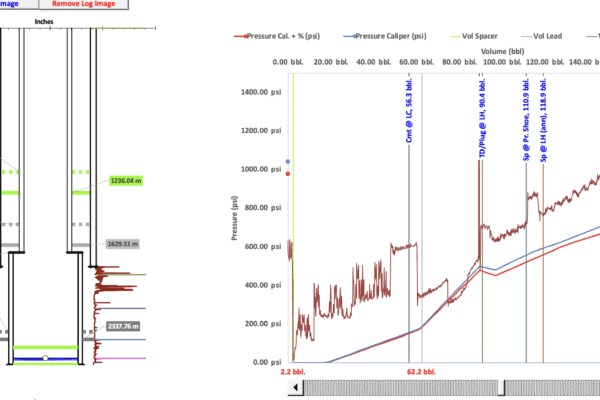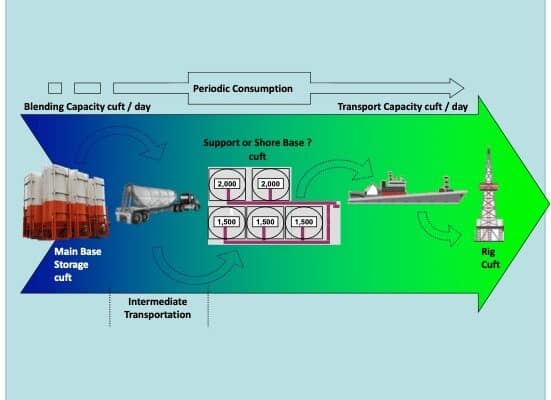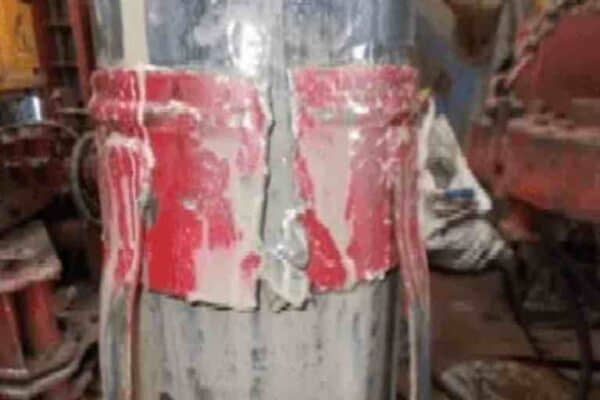Sheet to support Formation Strength Test (Leak off, FIT, SBT) and Pressure Vs Volume Chart Enter all the header information for the well, rig, casing size, shoe depth, mud weight,date and your name at the top of the form on the “CHART” worksheet.
My new Cement Placement Calculator
Better well cementing for all is not only the name of this website; it is my mission anywhere I go, in any country, or in any operation I provide support for, but my work is not only dedicated to the well and achieving the well objectives, which is fundamental. More importantly, the work with people […]
Cementing Flowchart
In recent weeks, I received some reader requests to include cement job processes or procedures as reference material on the website. I was initially puzzled about the best way to do that without going into too much detail. I went to work to think of whether a cementing flowchart would capture everything sufficiently. How can […]
How many cementing centralizers does one really need for a given well?
The primary objectives for centralization design (that is the number, type and spacing of cementing centralizers) should satisfy both the need to get the casing to the bottom as well as zonal isolation. However, despite this being apparently simple and obvious, cementers do not seem to appreciate the fact that without the casing at target […]
Support Better Cementing for All – Empowering Oil Well Cementers
In 2016, I launched Better Cementing for All. Since then, it has been visited by many thousands – and probably by hundreds of oil well cementers. Now, I want to keep it alive. For more than 24 years, I have worked in oil well cementing, offering my services to some of the largest oil corporations […]
Ever Been Suddenly Covered in Fluid on Location? Share Your Photos!
Working in heavy rain with the boots filled with water, mud-sprayed on the rig floor and, yes, covered in cement slurry from head to toe… All of this has happened to me. The following picture is of me covered in fluid: What about you? In our line of work, these events are pretty common, but […]






Recent Comments